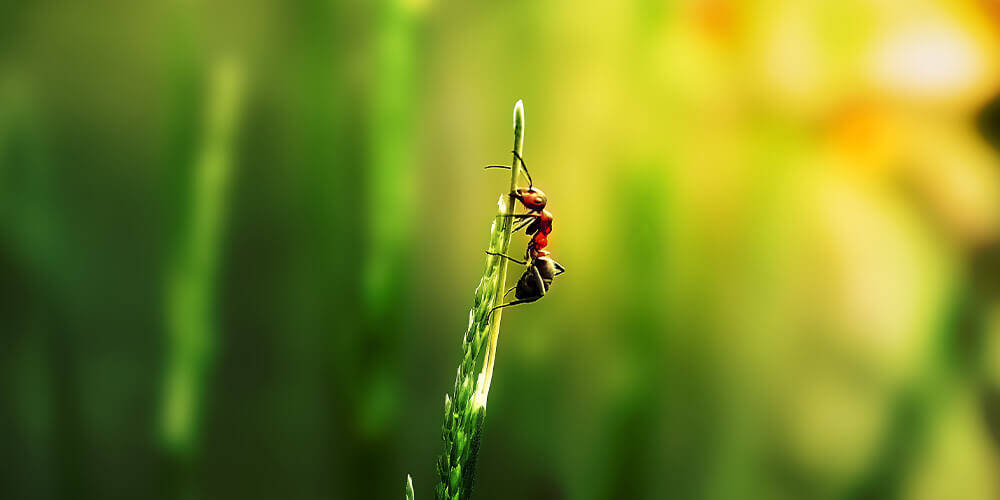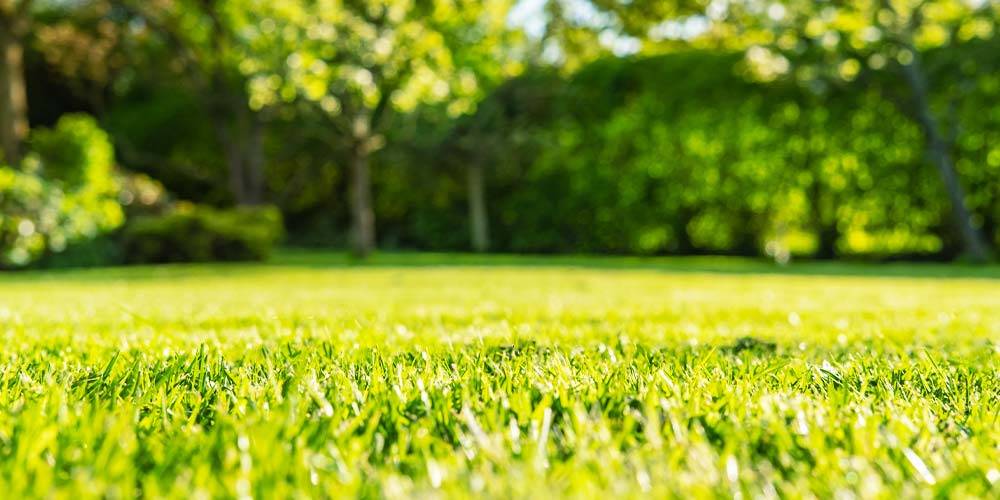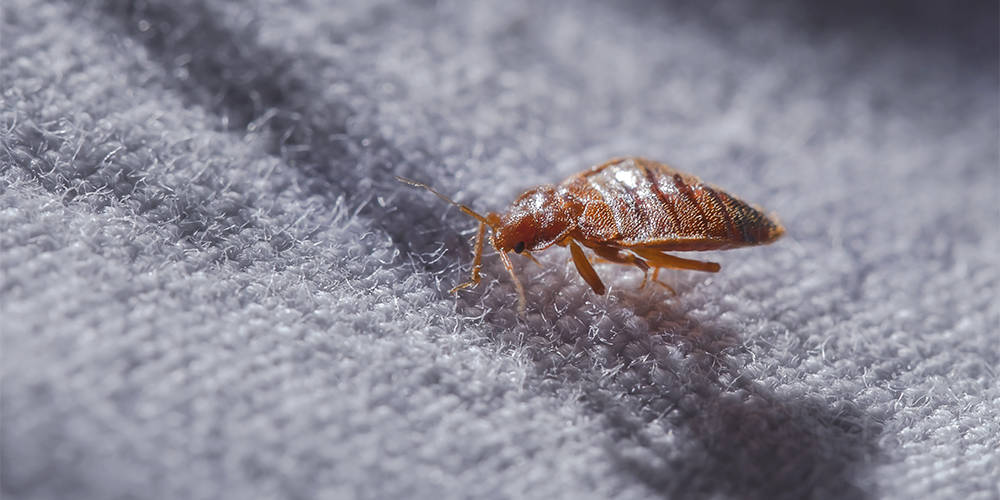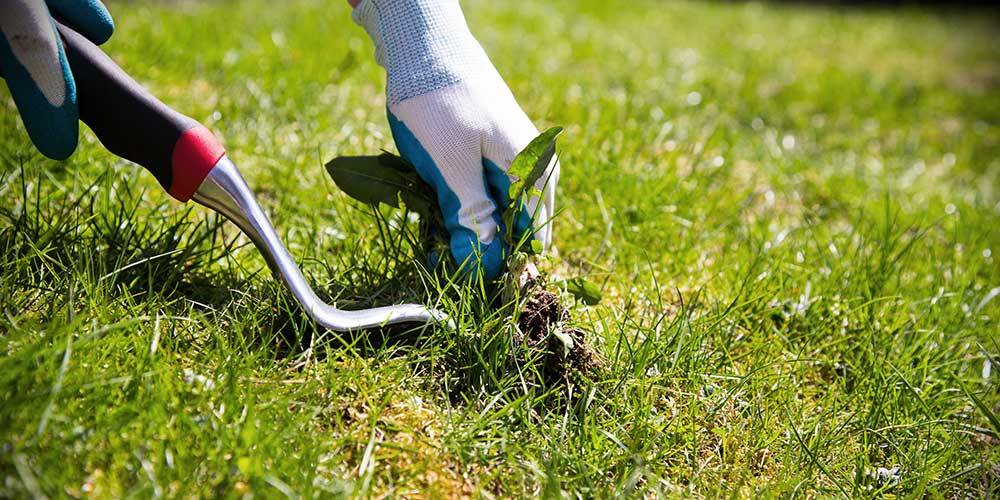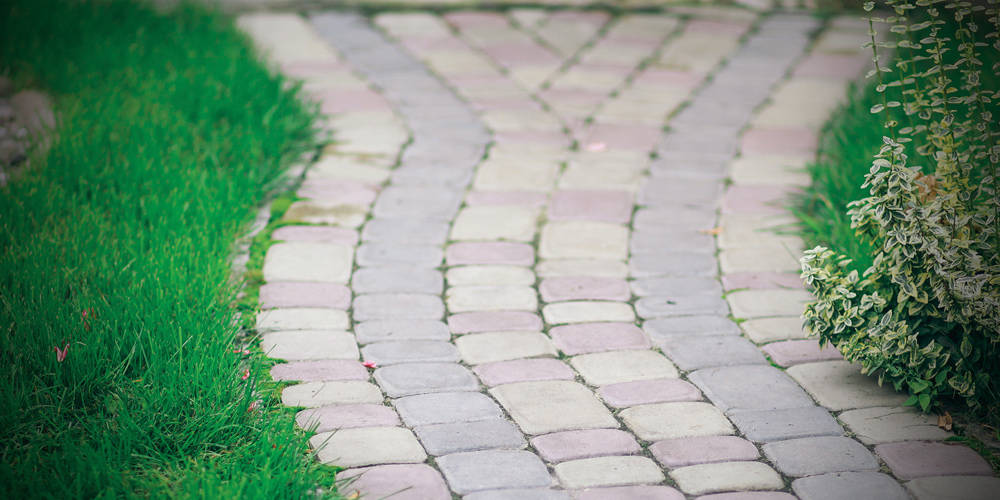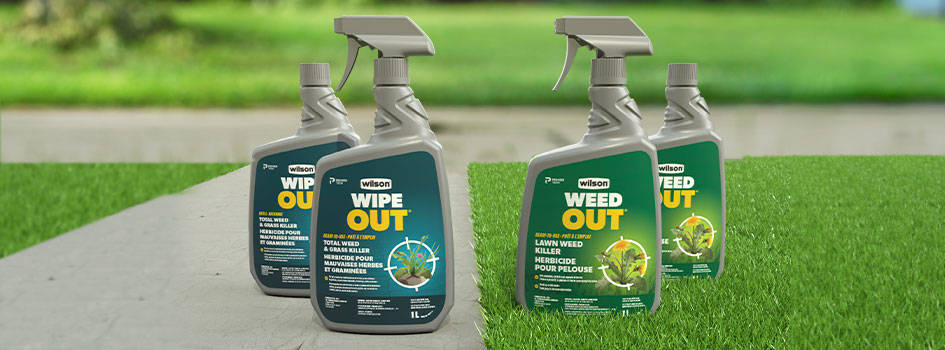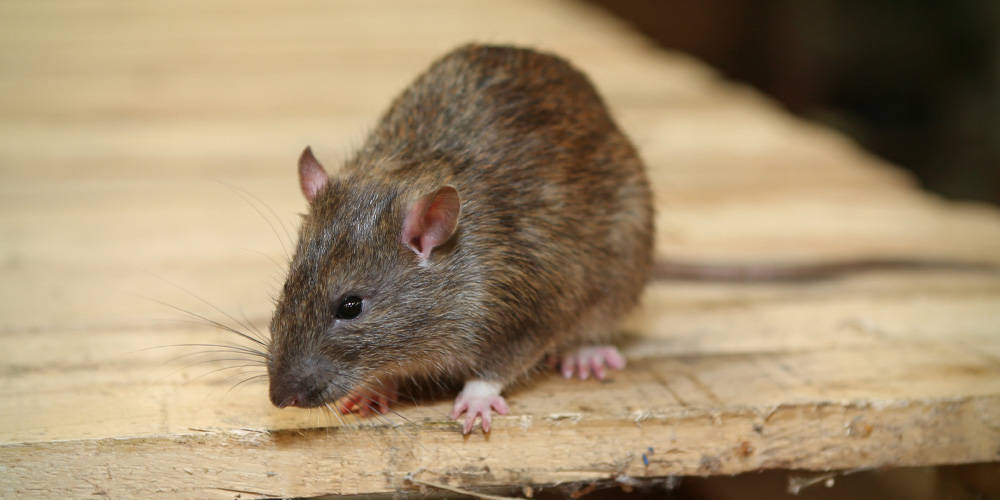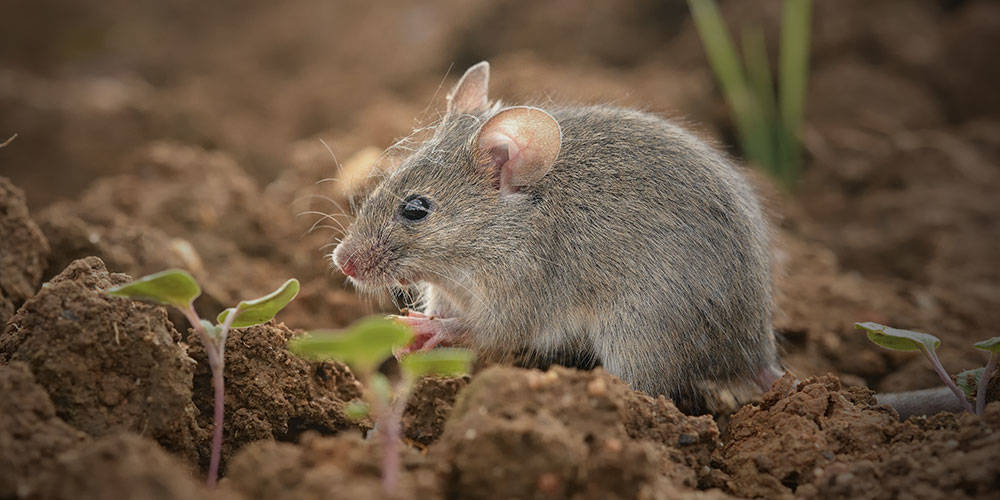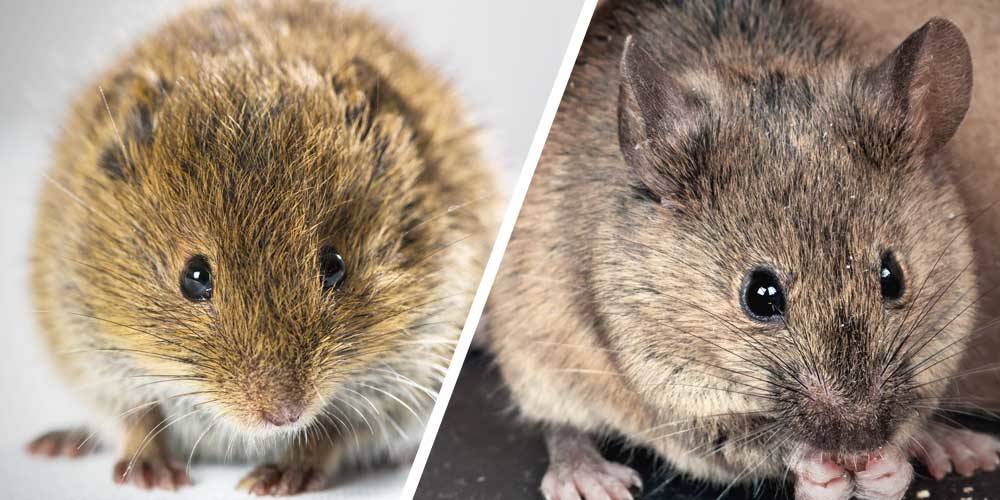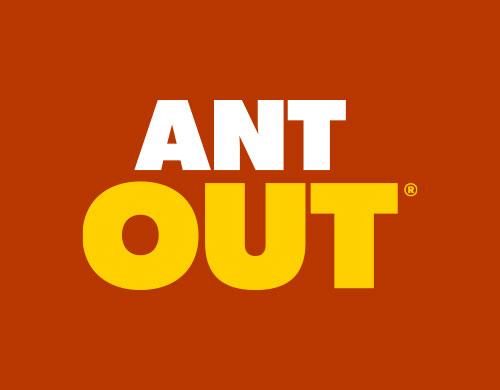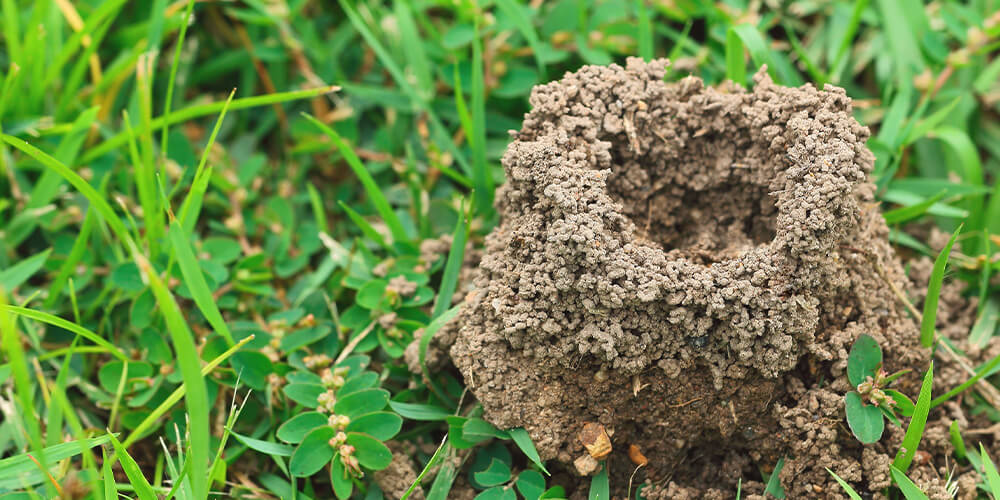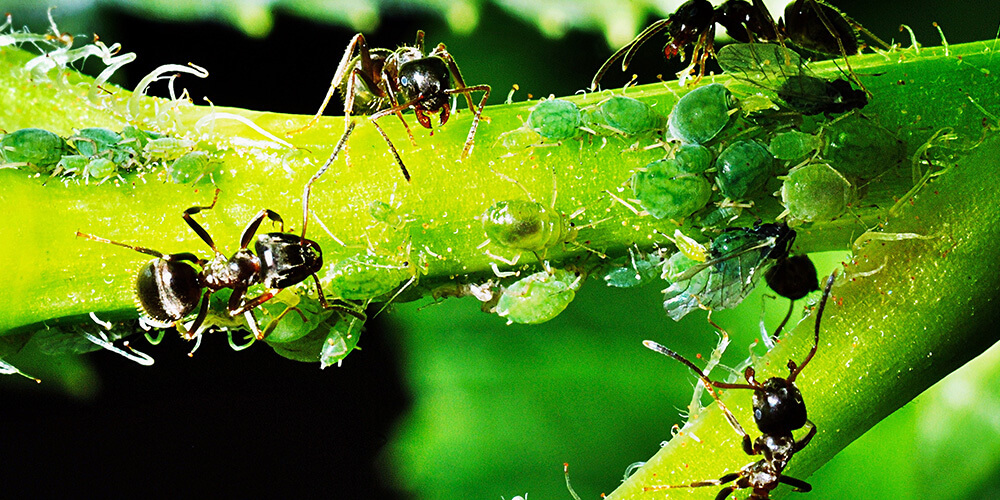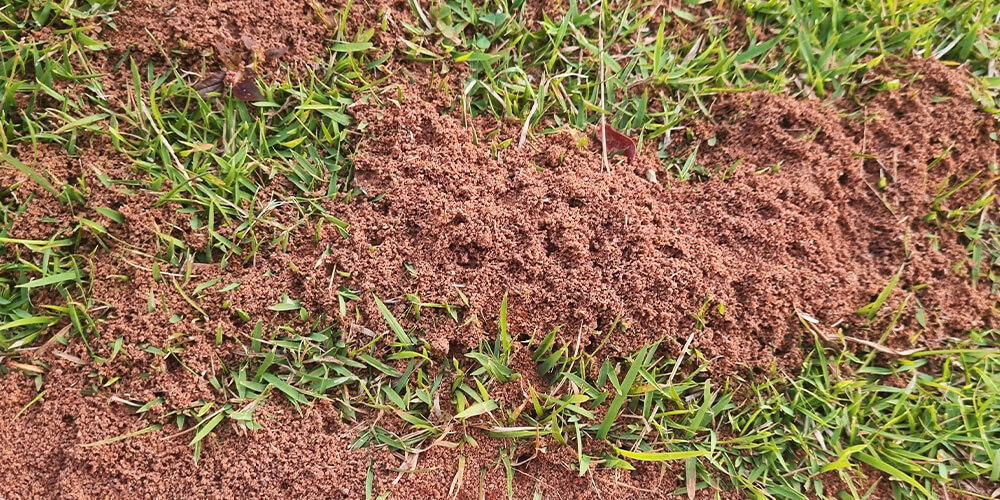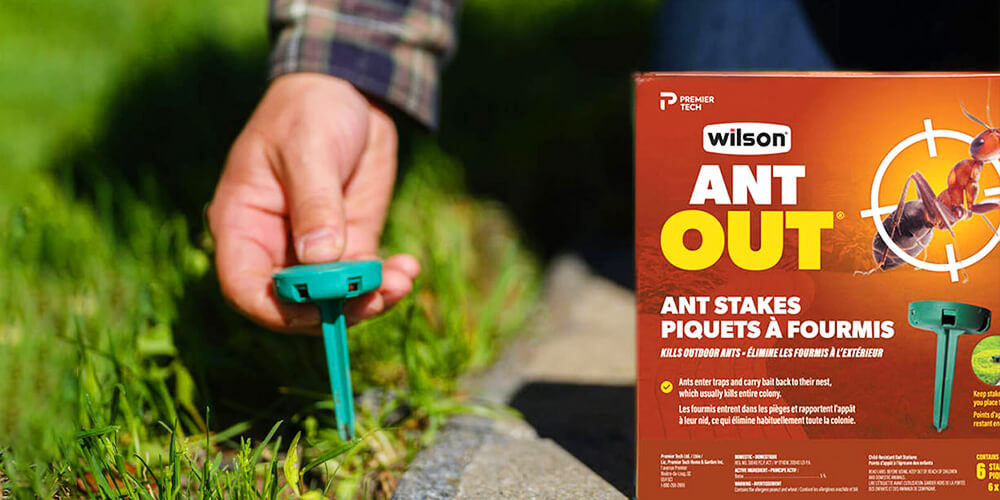Ants are unwanted guests, especially when you’re outside trying to play on the lawn with your kids or pets, or when entertaining and hosting a BBQ. While they don't generally cause any harm to you or direct damage to your lawn or garden plants, there's no question that they can be an annoyance.
Secondly, ants, in their never-ending search for food, might wander too close to your house and begin to look there for entry cracks and crevices to hunt for a new source of food inside.
Ants don’t have to be eradicated
Seeing ants scurrying in your vegetable garden can be a good thing. There are benefits to having ants in the garden. Expert gardeners don’t consider them as pests. Ants don’t actively harm plants or spread diseases.
They are, in fact, natural predators that eat the eggs and larvae of damaging insects, both in gardens and in lawns. For example, consider that ants prey on soft-bodied insects like grubs, chinch bug larvae, caterpillars, scales, whiteflies, mealybugs and cutworms.
They are also pollinators, as they transfer pollen when their activities take them from plant to plant.
Many species of ants are clean-up crews: they consume dead insects, organic matter and fungi. When they build a nest in soils, their tunnels help transport air, water and nutrients to plant roots.
Ants and aphids
There is an exception to the role of ants as insect predators. One of the ants’ favourite foods is the honeydew excretion caused by aphids sucking on your plants. Ants “farm” aphids. They protect them from other predators to secure this food source. Ants will even carry aphids to new plants to start anew their sap-sucking activities, so the ants can continue “harvesting” the honeydew.
Sometimes, new gardeners think that the ants are the cause of their plants’ demise, while in fact it is the tiny green aphids, often unseen, that are doing the damage. If you see a lot of ants crawling up sticky plant stems, your problem is aphids. Get rid of them with insecticidal soap, and the ants will go away.
Annoying ant activities
When they become a nuisance in the garden and in the lawn, it may be time to control them.
For remedies when ants get inside your home and the lifecycle of ants, read: Getting ants out of the house in 3 simple steps | Wilson Control
There are plenty of old gardener tricks around for controlling ants outdoors without chemical pesticides. Follow the ant trails to the nest, which could be a tiny ant hill or a large mound. The key to eradication is to kill the queen and eggs.
Some say that pouring boiling water on the nest will do the trick. You must hope that the boiling water reaches all the way down to the nest, or that there is no collateral damage killing the adjacent lawn or plants. Others claim that putting one of many home remedies on the nest area (used coffee grounds, cayenne pepper, chalk, dish soap, cinnamon, baking soda or vinegar) will kill, control or repel ants. The results are usually mixed and need frequent reapplication.
Proven solutions to get rid of ants
- Bait stations: The best way to get the entire nest is to place ant bait stations that contain both borax and an attractant. Wilson Ant Stakes attract worker ants, which take the “food” down into the nest. After a few days, the entire colony is eradicated. The ant stakes need to be kept from the reach of children and pets.
- Diatomaceous earth: An alternative is to apply Wilson ANT OUT Dust. This product is made from the fossilized remains of tiny aquatic organisms and it causes insects to dry out and die. The sharp edges of diatomaceous earth are abrasive, speeding up the process. It also contains an attractant. It remains effective as long as it is kept dry. The ants carry the dust down into the nest.
- Nematodes: Wilson ANT OUT Nematodes are mixed with water to activate these live predators that attack ant larvae and prevent adult ants from building new nests. Water the nematodes in right after application.
